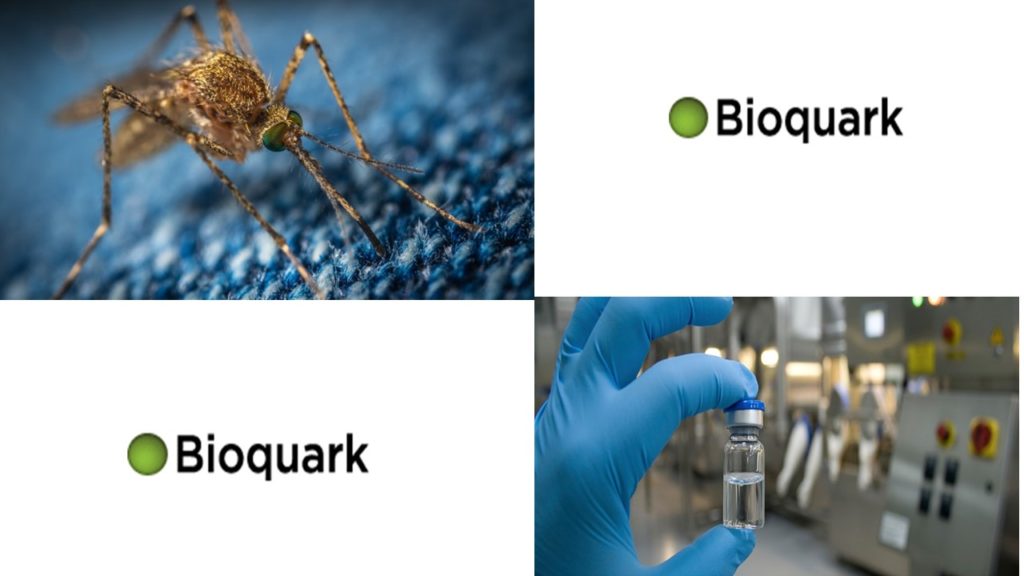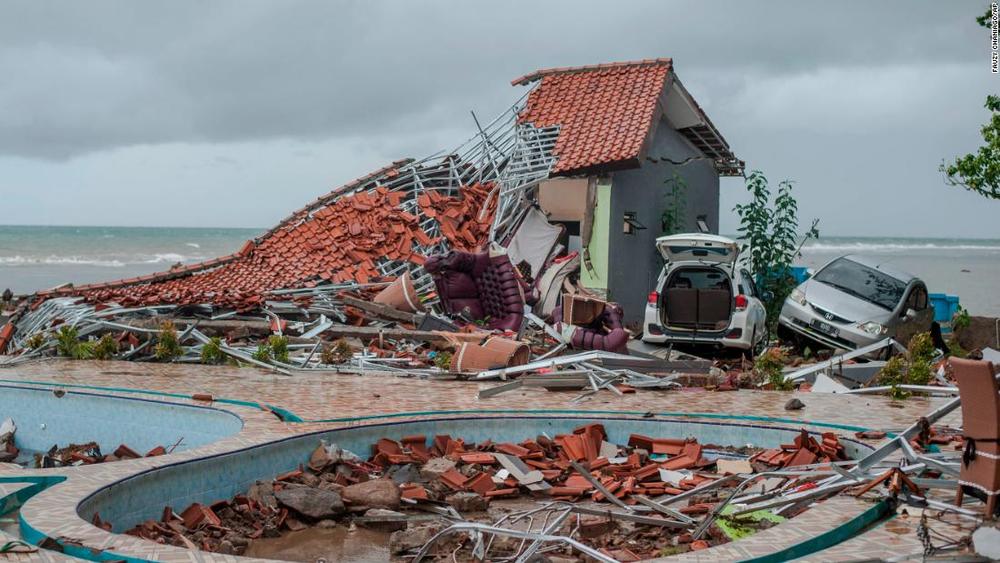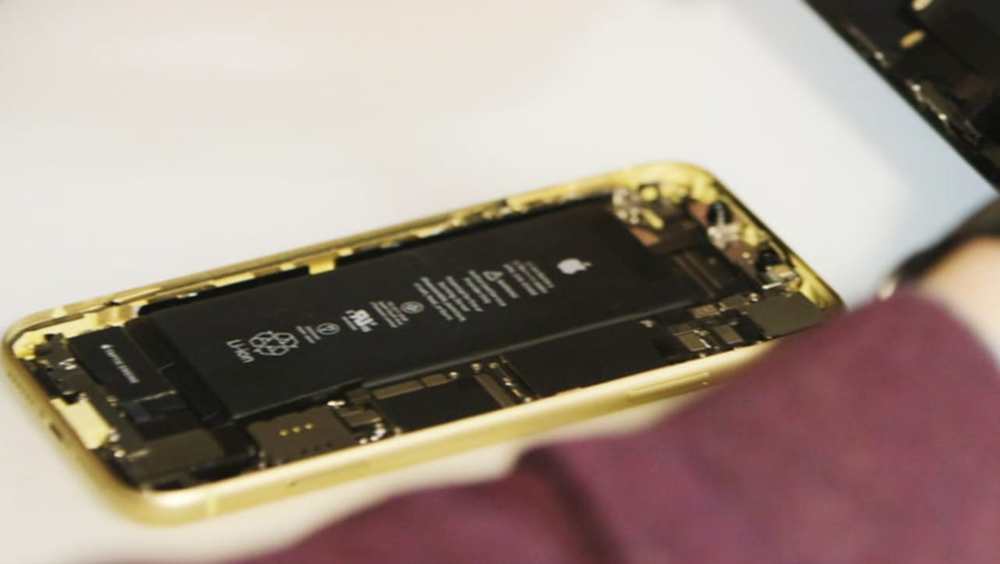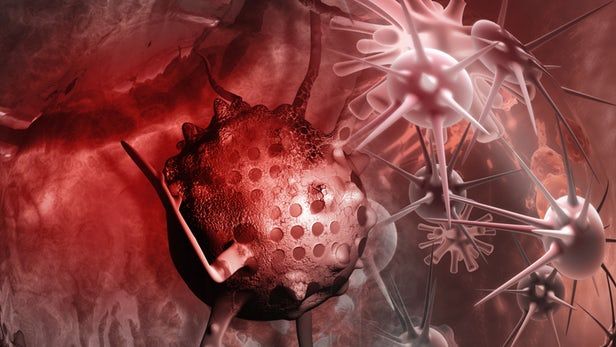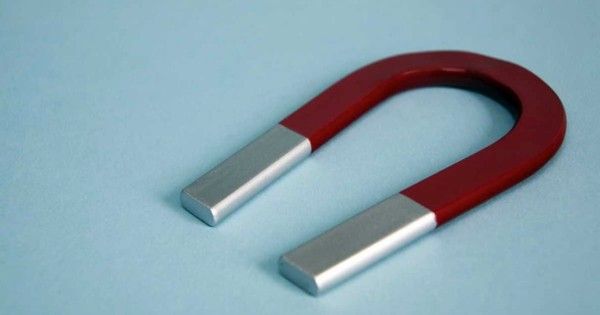Ok, the new version of my global risk prevention map is up (pdf link is in comments) and now it is accompanied by recently the published article “Approaches to the Prevention of Global Catastrophic Risks.”
Abstract: Many global catastrophic and existential risks (X-risks) threaten the existence of humankind. There are also many ideas for their prevention, but the meta-problem is that these ideas are not structured. This lack of structure means it is not easy to choose the right plan(s) or to implement them in the correct order. I suggest using a “Plan A, Plan B” model, which has shown its effectiveness in planning actions in unpredictable environments. In this approach, Plan B is a backup option, implemented if Plan A fails. In the case of global risks, Plan A is intended to prevent a catastrophe and Plan B to survive it, if it is not avoided. Each plan has similar stages: analysis, planning, funding, low-level realization and high-level realization. Two variables—plans and stages—provide an effective basis for classification of all possible X-risks prevention methods in the form of a two-dimensional map, allowing the choice of optimal paths for human survival. I have created a framework for estimating the utility of various prevention methods based on their probability of success, the chances that they will be realized in time, their opportunity cost, and their risk. I also distinguish between top-down and bottom-up approaches.
